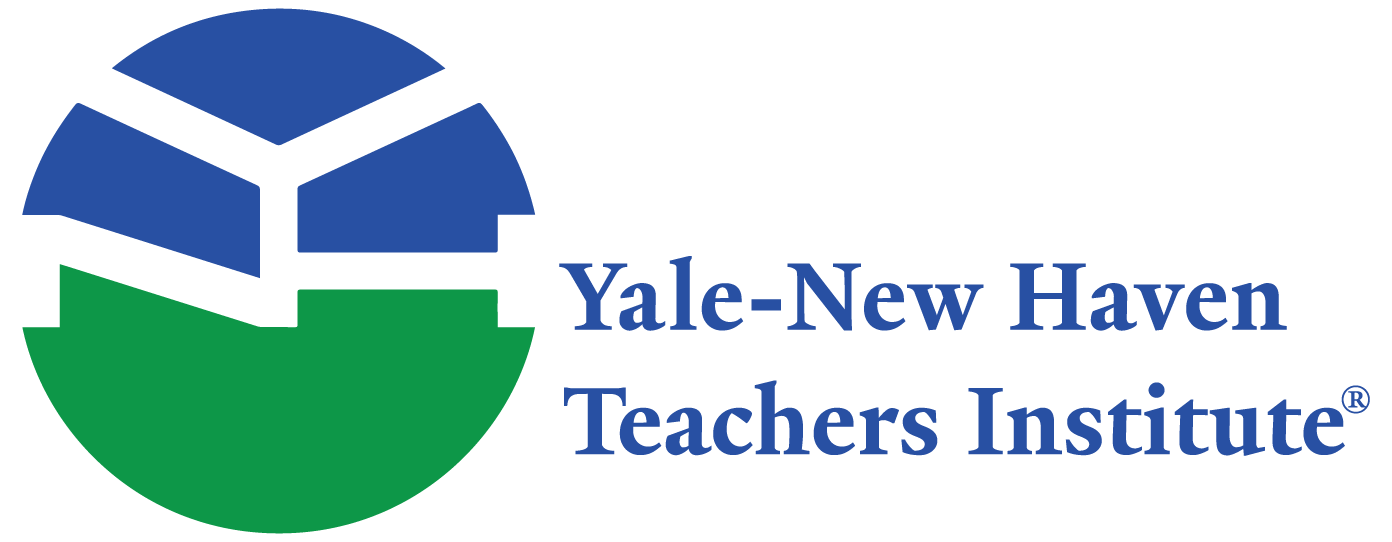Introduction
Teaching about Diversity Contents | Reference Lists
2004
In July of 2004, three New Haven public school teachers, representing high, middle, and elementary schools, began an update of the Yale-New Haven Teachers Institute's 1996 reference document, Teaching about Diversity and Community.
In the original document, a committee of teachers surveyed all Institute teaching units related to diversity, aligned them with the school system's then current standards relating to diversity and wrote brief annotations, summarizing each unit, highlighting any content or lessons that might be particularly helpful to teachers.
Through the existing list proved itself to be a valuable Reference List for teachers, the time came to update its content. Since New Haven's educational standards had been expanded and refined, it became necessary to align the diversity related standards of 1996 with those of 2004. Once this was achieved, the committee followed the same general steps as their 1996 counterparts followed as they selected appropriate units, matched them with standards, wrote related annotations, and, this time, included general grade level and subject matter recommendations.
By using a combination of the updated list of New Haven's current educational standards related to diversity and the checklist matching each Institute diversity units to these standards, a teacher should be able to select and investigate Institute units that aim to meet individual, school, and system-wide goals.
More specific information on New Haven's current standards may be found online at: nhps.net/curriculum/documents.asp.
1996
In July 1996, nine New Haven public school teachers began the process of creating a document which would allow other educators to match the city school system's basic educational standards dealing with diversity to those Yale-New Haven Teachers Institute curriculum units whose content centers on diversity. All members of this working committee were current Fellows of the Institute; three teach high school, three middle school, and three elementary school. All were involved in planning and teaching in the summer Academy, which is sponsored jointly by the Institute and the Public Schools.
To begin, the whole committee selected those district standards having an obvious link to diversity. Repeated examination of both the standards and the Institute units resulted in a number of changes to the list of selected standards. On examining the Institute curriculum units, the group soon agreed that the units relating to diversity should be divided into two categories: one in which ethno-racial groups are treated comparatively and one in which a single group is examined separately. By reading the synopsis of each unit written since 1978, teachers selected all those units which fit in either of these two categories. As teachers read the actual, more detailed units, this classification of units underwent some change.
The larger committee of nine teachers divided itself into three smaller groups with a representative from each school level in each group. Those units which the entire group had labeled as relating to diversity were then read in more detail. A checklist containing the standards relating to diversity was completed to indicate which standards applied to each unit. In this way, for example, a drama teacher looking for material related to teaching about diversity through drama may select from any units classified in this field.
Teachers also wrote brief annotations, summarizing each unit and highlighting content or lessons that could help teachers to actively engage students in classroom learning. The committee believes that these brief notes will assist teachers in searching thoroughly yet quickly for appropriate units.
- Jean Sutherland
for the committee
